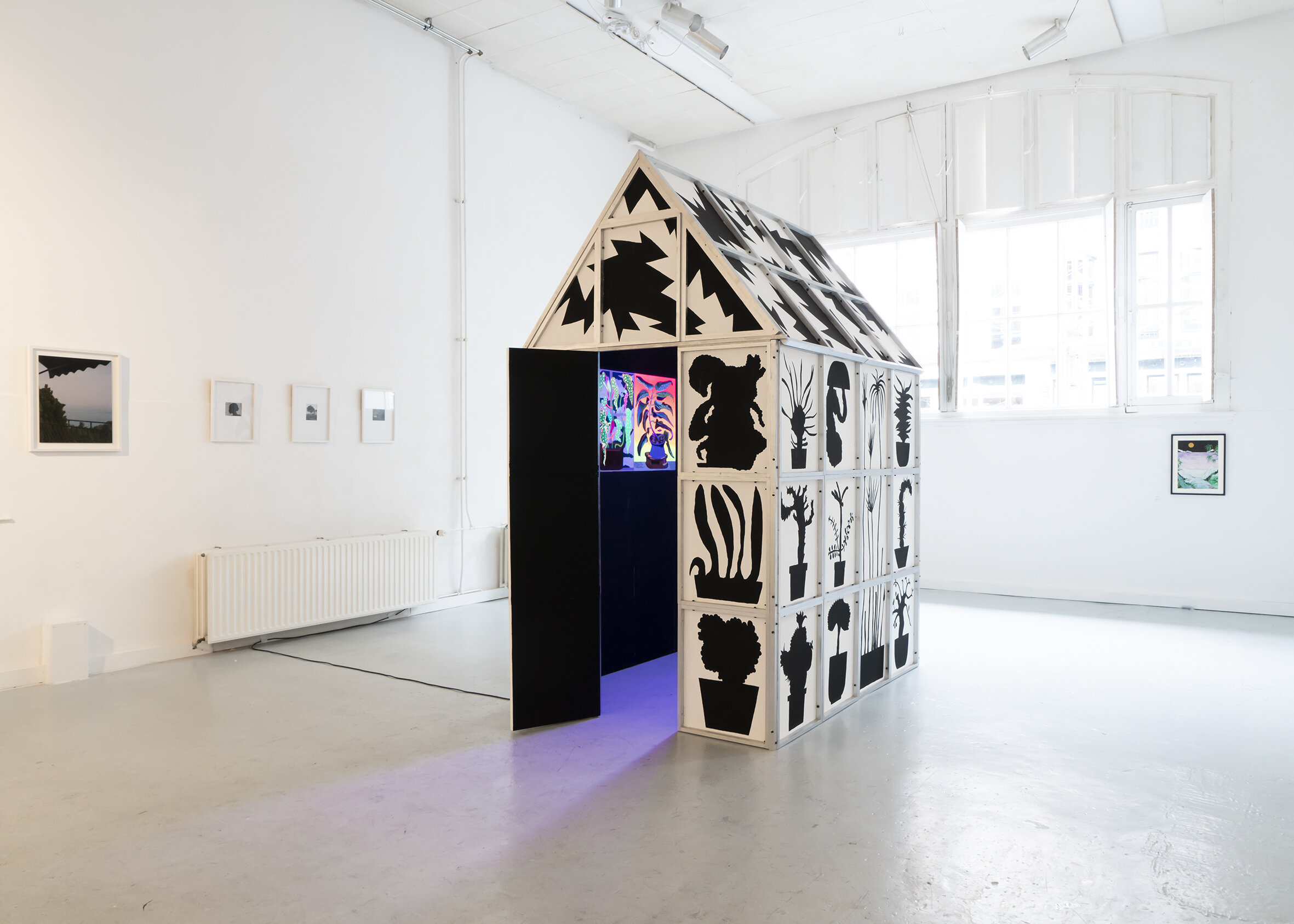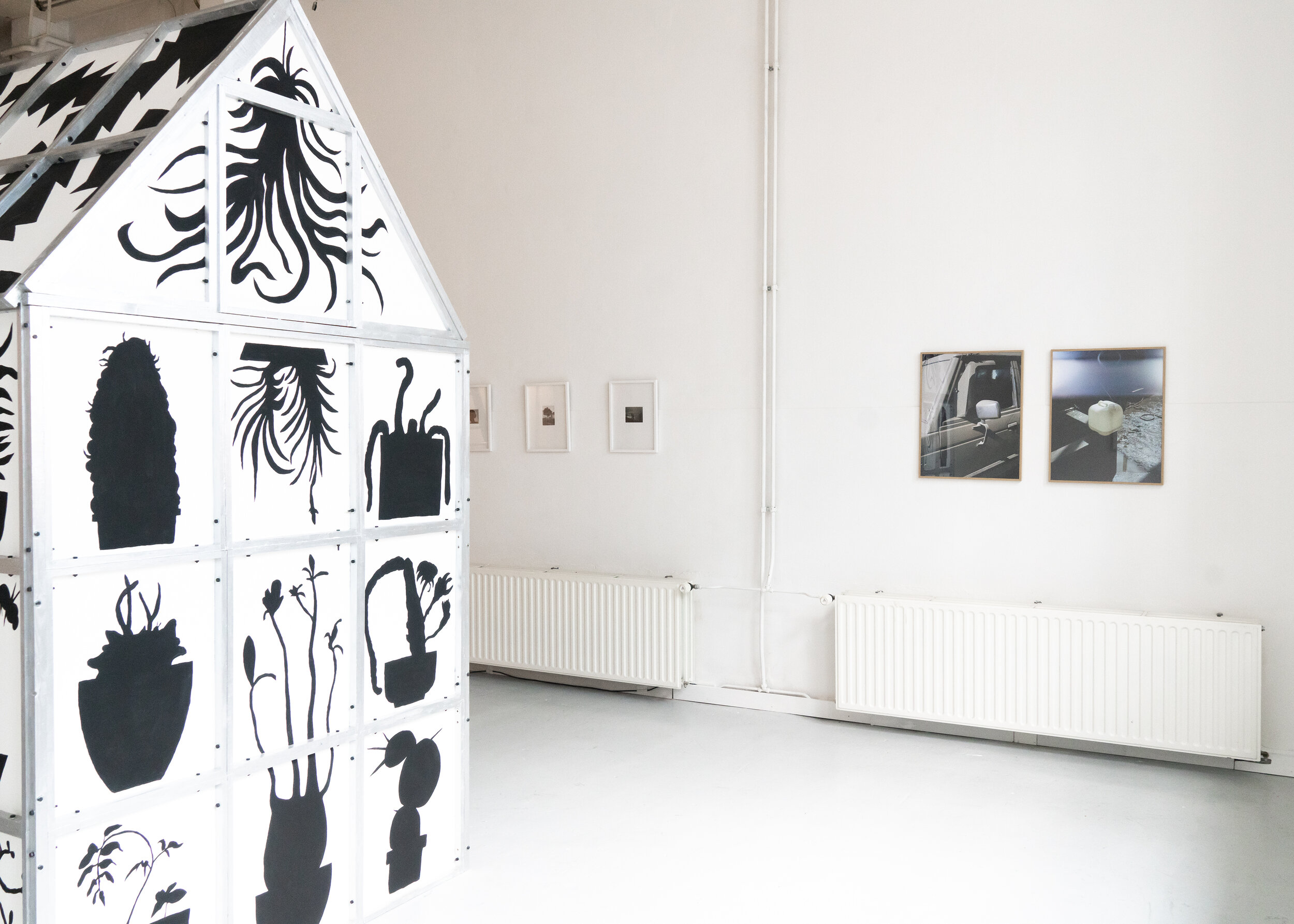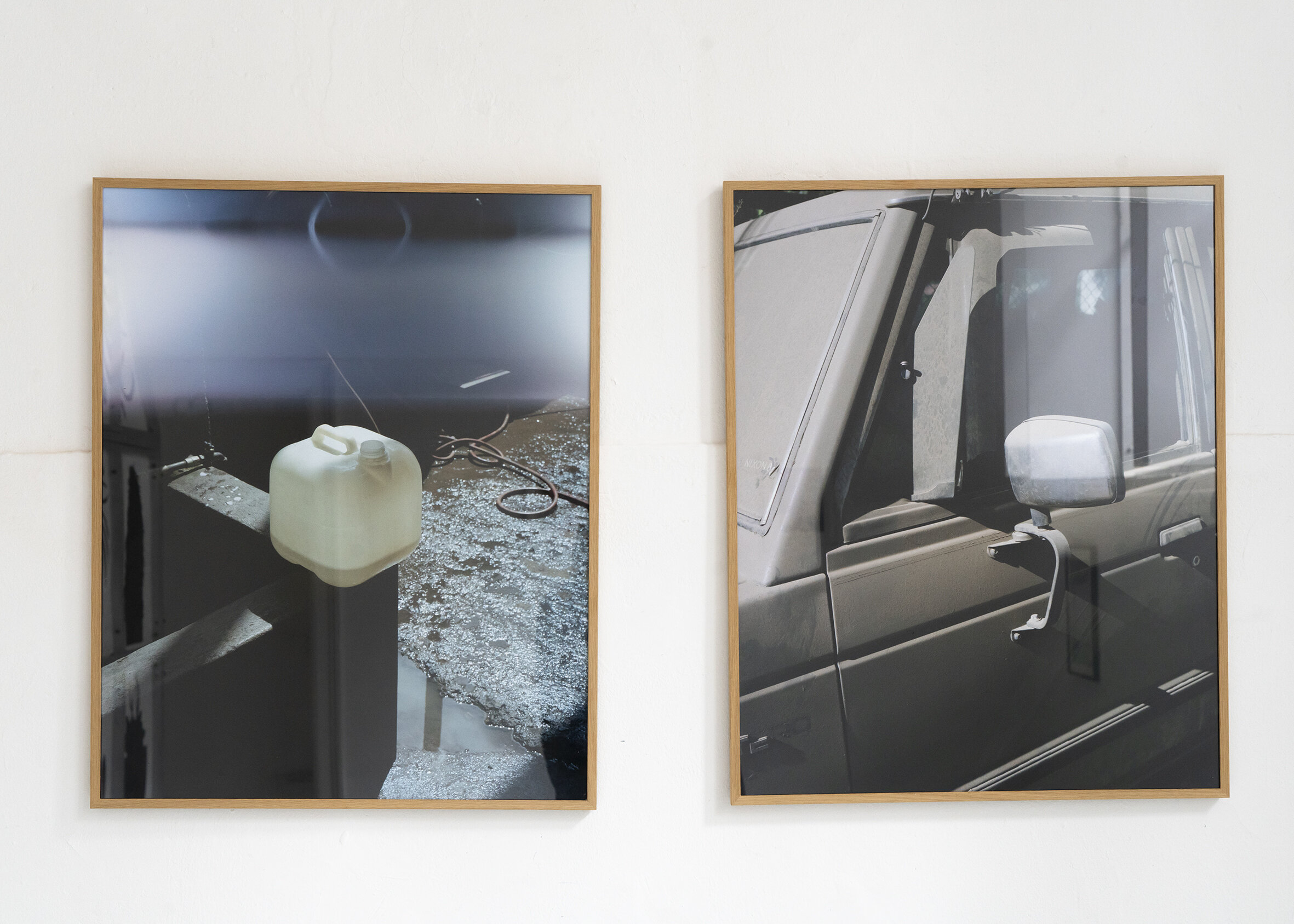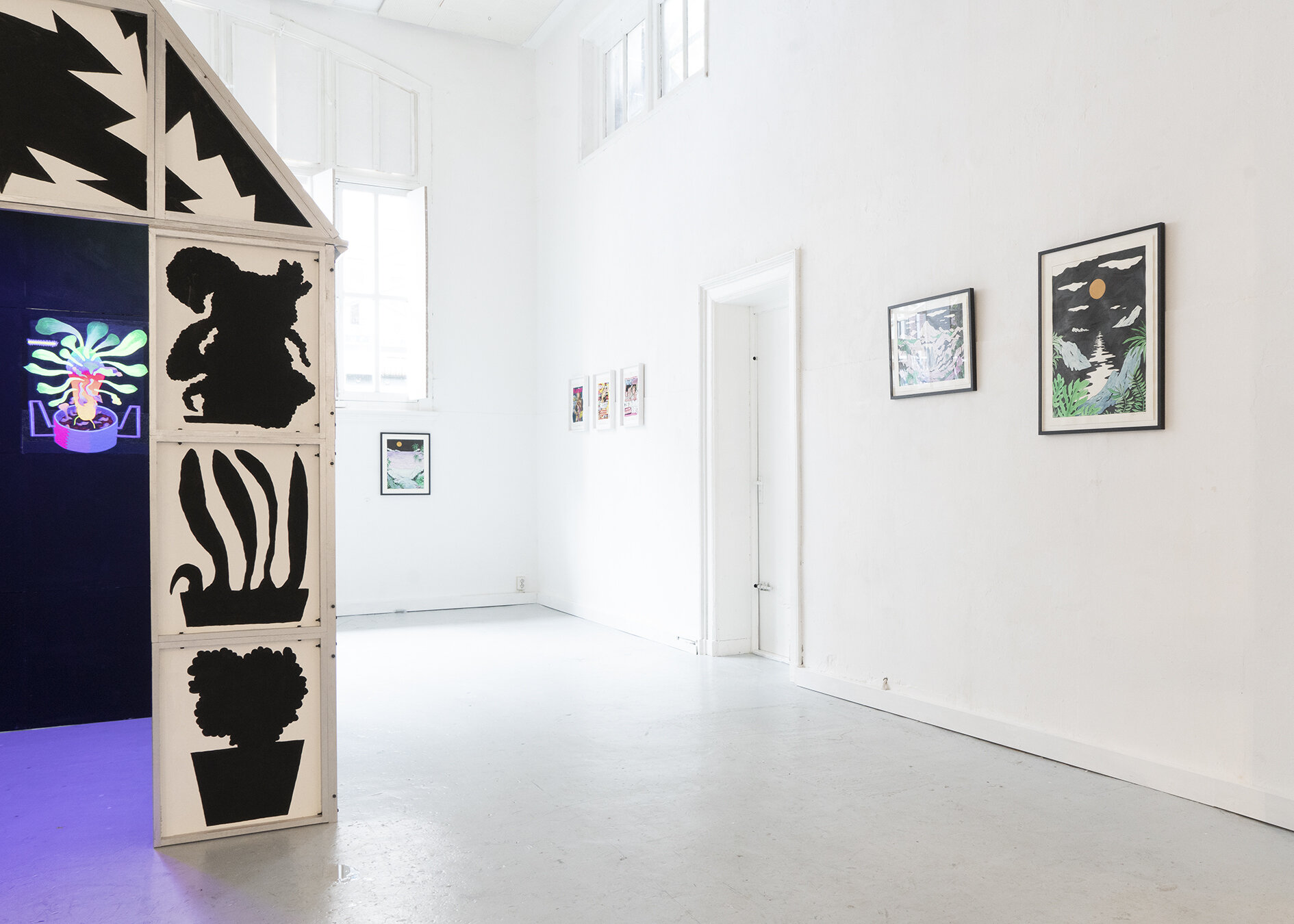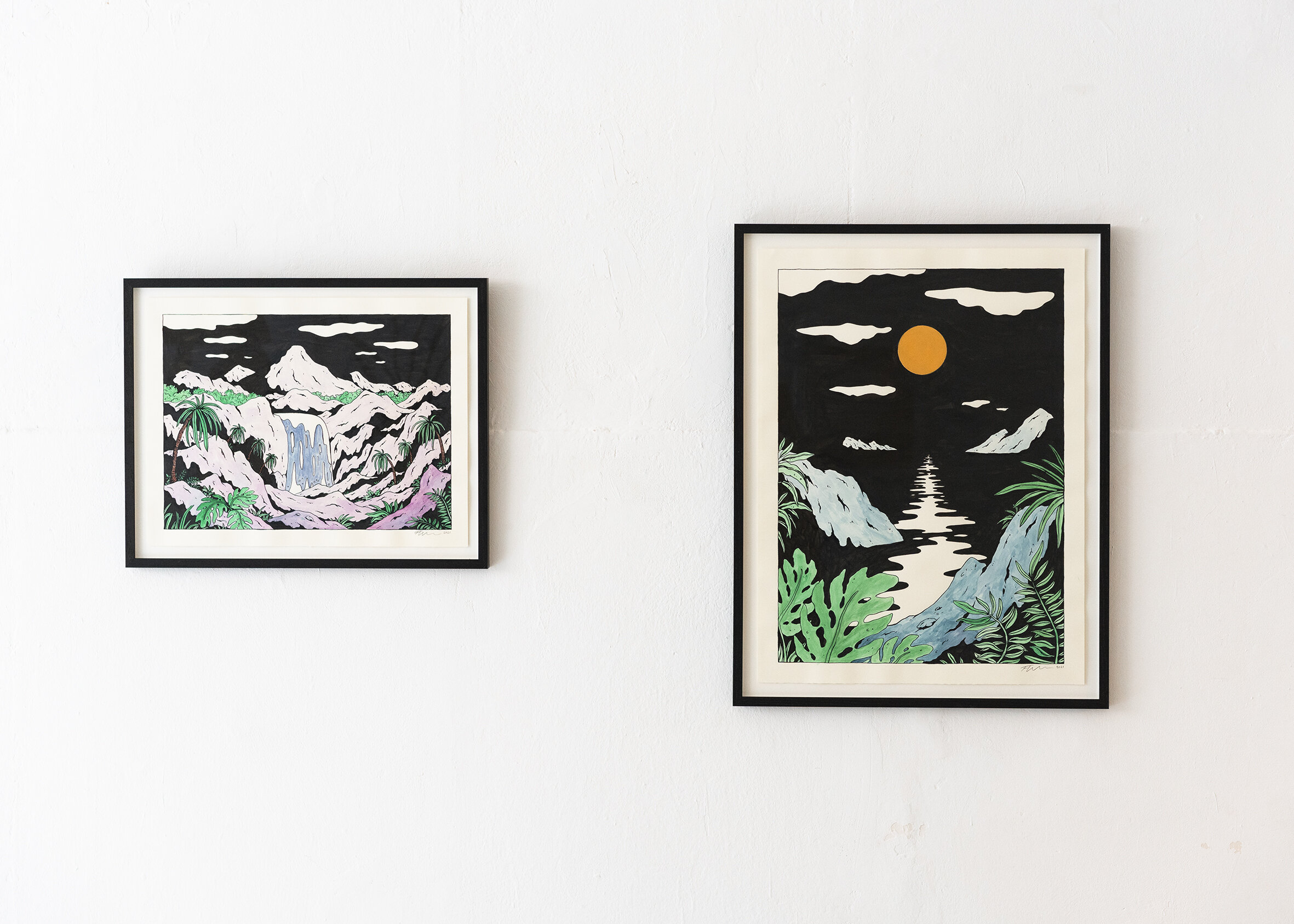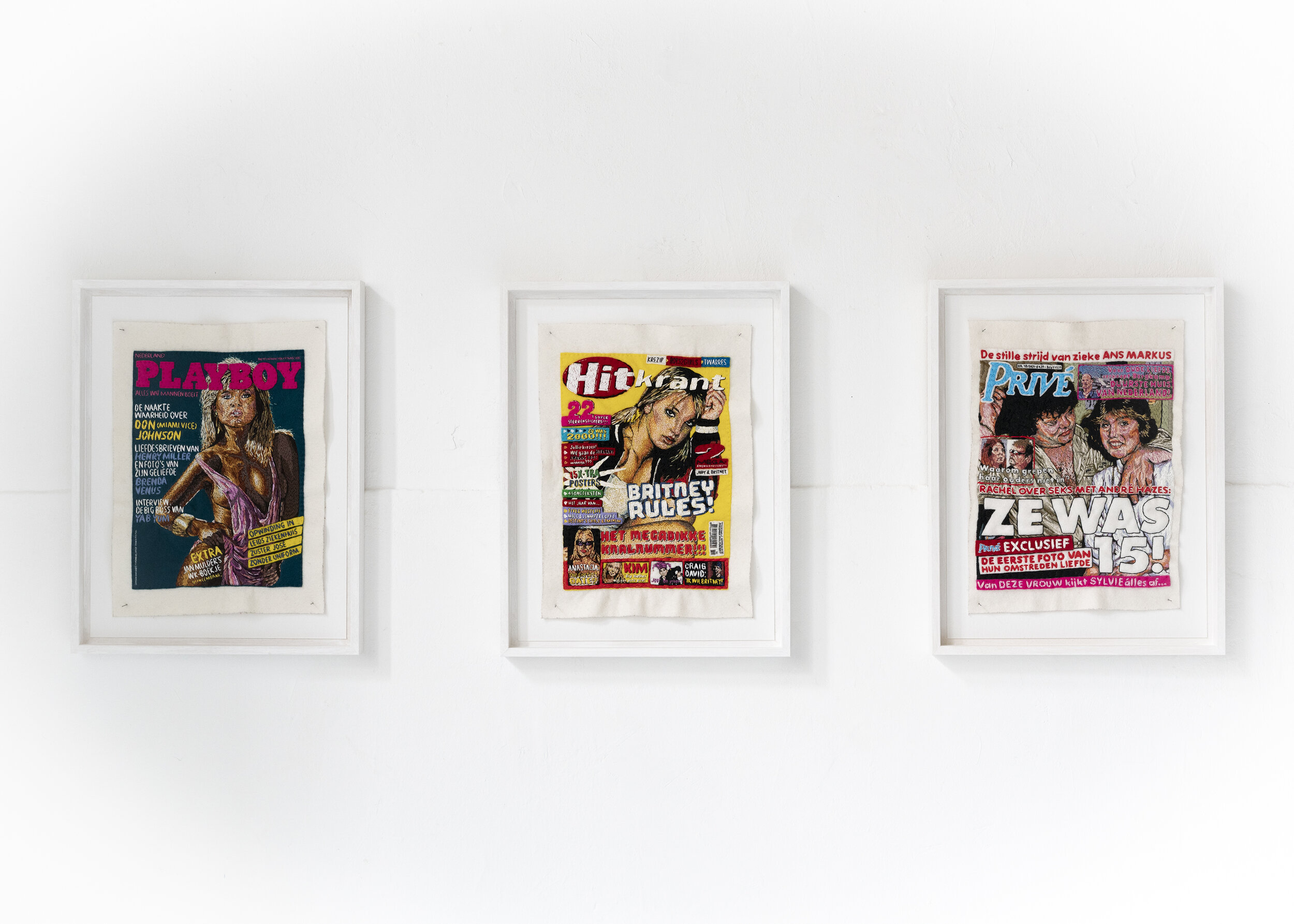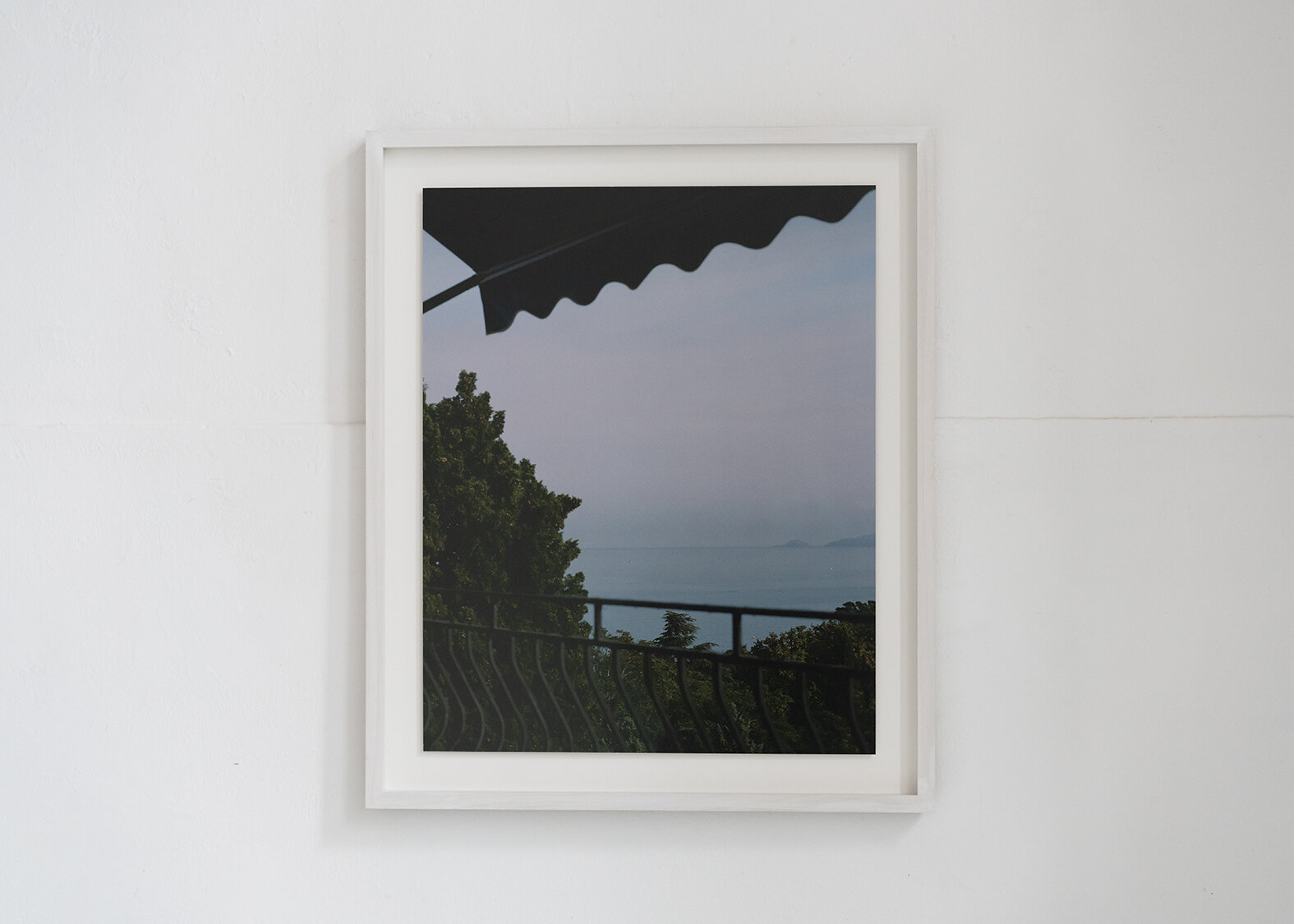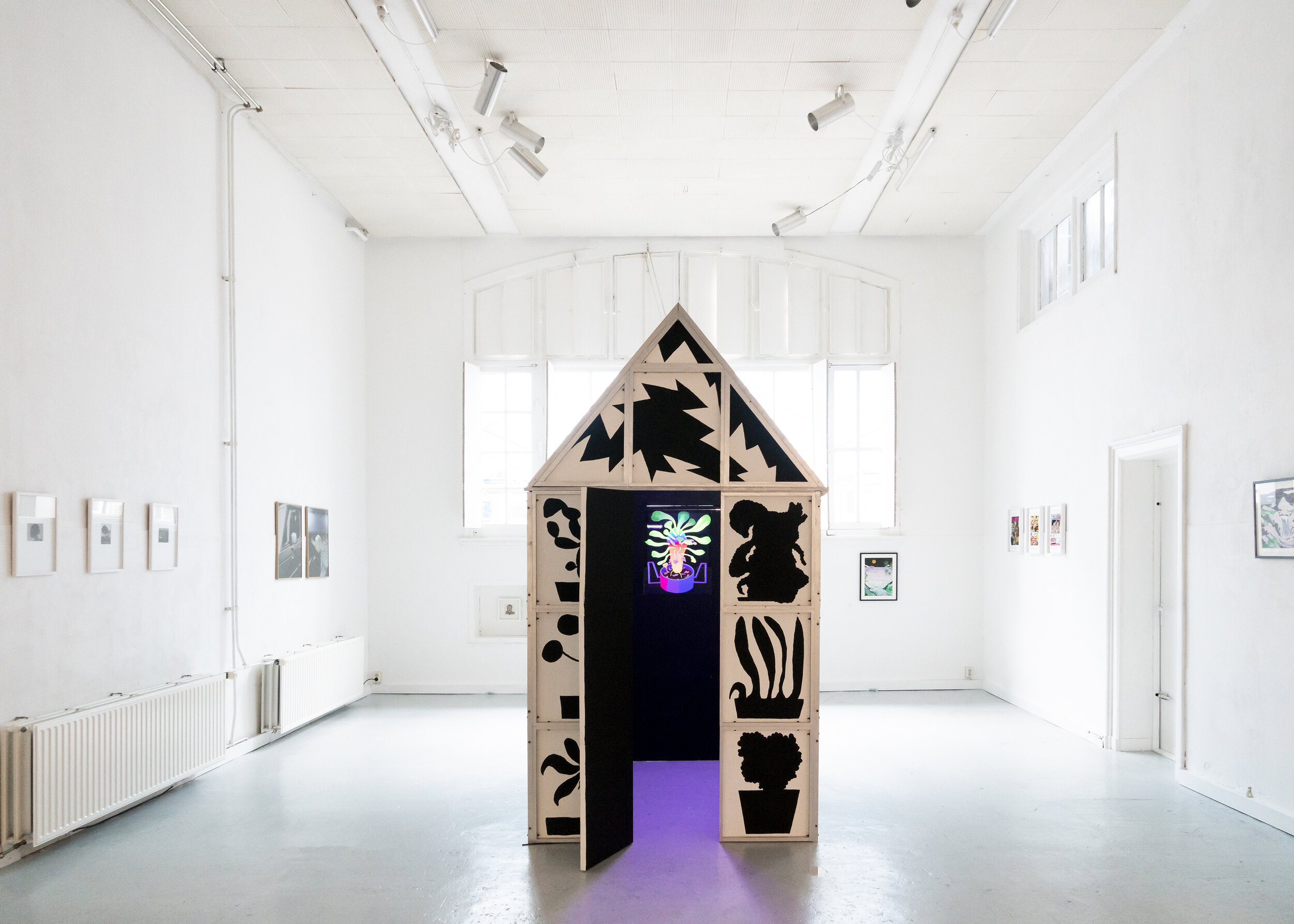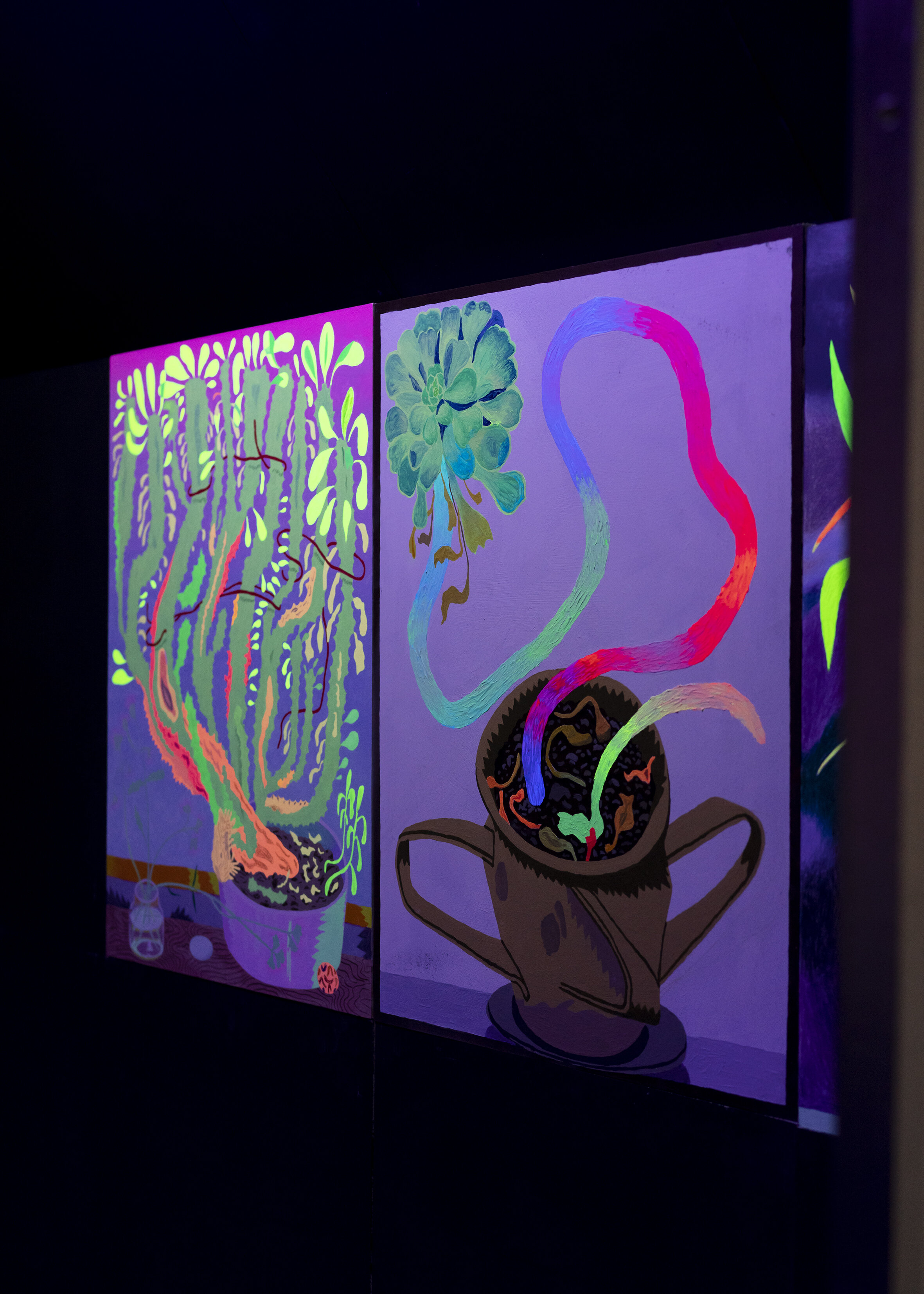Cleo Goossens, Dagmar Stap, Floor van het Nederend, Johan Kleinjan & Lonneke van der Palen
For many, summer is a carefree and nostalgic period with lots of freedom and time for reflection. The reference in the title of this exhibition to the song Summer of '69 by Bryan Adams shows the great expectations for this summer. The Summer of '21 was to become the Summer of Love, but now threatens to become just another summer at home. From 30 July, the gallery is the setting for five artists to give their view on the Summer of '21. Expectations, reality and the longing for the past will all be addressed
The photographs by Cleo Goossens are open to interpretation. She sketches the premises for a place and time in which one can live carefree. Like places by the sea, recognisable elements such as parasols, white houses and a balcony with a view. But the places and people in her photographs always remain impersonal. All this invites you to project your own memories, or to form a story whose meaning you can fill in yourself.
Johan Kleinjan built his "Yellow Magenta Greenhouse": a space within the gallery where his work is presented in UV light. This greenhouse consists entirely of panels, each of which is painted with "crisis plants" in fluorescent colours. It is an inverted greenhouse, where plants grow in the darkness. Johan is referring to the psychedelic sixties and seventies hippies who started growing tropical plants. But also to discos in summer holiday paradises like Lloret de Mar.
Floor van het Nederend made a new series of drawings in his characteristic, raw cartoon style. With acrylic paint and ink he depicts the nocturnal sea. His sea is wild and mysterious, like in prints to myths of Jonas and the Whale or Poseidon.
In photographer Lonneke van der Palen's compositions, form, colour and light relate to each other in a well-considered way. The original context of the subjects is replaced by a newly designed existence. In this way Lonneke wants to evoke amazement in the viewer. When Lonneke sees an image during her many travels that appeals to her, she stops what she is doing to capture it. This summer she made work in the Polder. This everyday place becomes worldly and special in her imagery.
Dagmar Stap returns to her youth with her special embroidery technique. For this exhibition, she made magazine covers for the Hitkrant, Playboy and Privé. The labour-intensive way in which she depicts her subject contrasts sharply with the way in which her subjects are normally produced and discarded. In this way Dagmar plays with definitions of the precious and the worthless.



